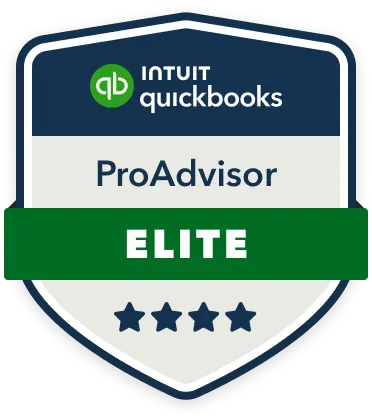Accounts Receivable
Cash Flow Swing Factors Part One
We’ve spent the last few months talking about cash flow drivers. By now you should be surfing the Cash Flow River all the way to the Ocean of the Ridiculously Wealthy. Or you should at least be feeling more confident and informed. If you’re going to be driving cash flow, it’s crucial that you know how to make that cash accessible and useful.
Enter the Cash Flow Swing Factors
There are three cash flow swing factors. Each factor impacts the timing of cash coming into and going out of your organization. These factors won’t necessarily increase or decrease the amount of cash you have overall, but — left unmanaged — they make it a whole lot more difficult to run your organization. Most business owners have experienced the misery of a terrific bottom line and no cash in the bank. We’re here to help.
The first swing factor we’re going to address is accounts receivable. Managing this swing factor boils down to the terms you give your clients, and how well you manage to those terms.
Here are three ways to make accounts receivable your newest ally:
Establish a Credit Policy
A good credit policy has three components:
- Credit Standards. In terms of credit history, what’s acceptable to you? What isn’t? You need to be able to answer these questions with confidence. Establish minimum standards and don’t shilly-shally. Check your clients’ credit before you do business with them. Ask for their references and then use them. If a potential client falls below your established credit limit, ensure that you have other ways they can do business with you (e.g., COD, credit card, retainer).
- Terms. Know your industry norms. If everyone is net 15, there is very little reason to be net 30. Set your terms to — at a minimum — match the industry.
- Discounts/Late Fees. Money is a powerful motivator, and it can be used as a carrot (offering a discount) or a stick (late payment penalties). Make sure that these discounts and penalties are written into your contracts.
Establish an Accounts Receivable Management Plan
A good management plan has four components:
- Term Wiggle Room. If your terms are net 30, it’s probably acceptable if a client consistently pays in 33 days. But what about 45? 60? Know when the wiggle gets a little too wiggly.
- Limits. What’s the maximum dollar amount one organization can have outstanding at any one time? Perhaps you prefer to look at it in terms of maximum number of invoices? These may vary from client to client depending on the credit standards you set in your credit policy.
- Collection Efforts. It’s true: squeaky wheels get attention. And it’s lovely when that squeakiness results in invoices paid timely. Know at what point in the process you are going to make your “friendly reminder” calls, when you are going to send statements, and when the situation needs to be escalated. You also need to identify the chain of escalation, and be sure to identify the people involved. Does the accounting department make the first call? If there is no response, does the salesperson or the operations manager or the president make an attempt?
Collection Methods. We hope you don’t get to this point, but it’s a reality of being in business. You have to draw a line in the sand somewhere, and across that line you’ll find collections and small claims court. Where is that line? It’s no fun for anyone involved, but having a great relationship with a solid collections agency can make the process less painful.
Measure
Accounts receivable is measured in Days Sales Outstanding (DSO). This is essentially an expression of how long it takes your clients to pay you. If your terms are net 30 and your DSO is 33, you’re doing pretty well. If your DSO is 62, there’s work to be done. If you have multiple lines of business with different types of clients, you may want to consider measuring the DSO separately. It will give you a clearer picture of the true cost (or benefit) of a particular endeavor.
The bottom line: accounts receivable is just a fancy-schmancy way of saying: “Money owed to you.” You’ve put in effort to provide the product or service to your clients. Now it’s time to put in effort to get paid for your work.
One of the best ways to gain a macro view of your business is through SG&A Reporting.
If you’re looking for a trustworthy bookkeeper or accountant, contact us today to learn how OWL can help you.
Continue to PART TWO

Learn More About How OWL Can Help You
Bookkeeping
Whether you need help with accounts payable, payroll or your monthly close, our accountants ensure these critical tasks are completed accurately and on time so that you have no business disruptions.
Accounting
When your books are up to date, you can respond to opportunities and challenges quickly. Accurate, bank-ready financials allow you to make better decisions for your company.
Financial Planning
Gain access to powerful insight typically only available to companies that employ a full-time controller or CFO. Leverage their expertise when you need it, without adding to your payroll.
Freedom to Focus on Your Business
Our Partner Organizations →

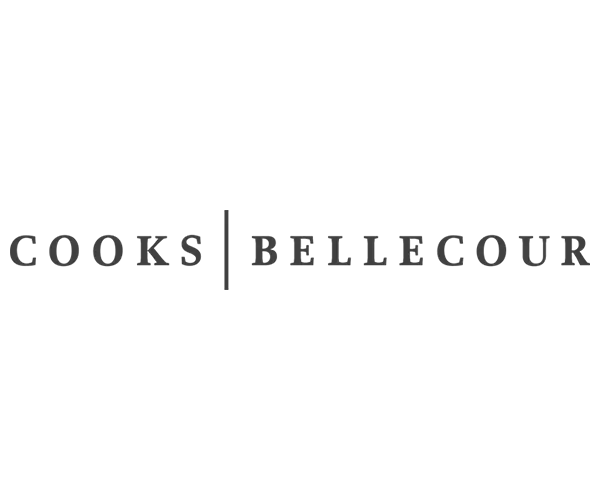



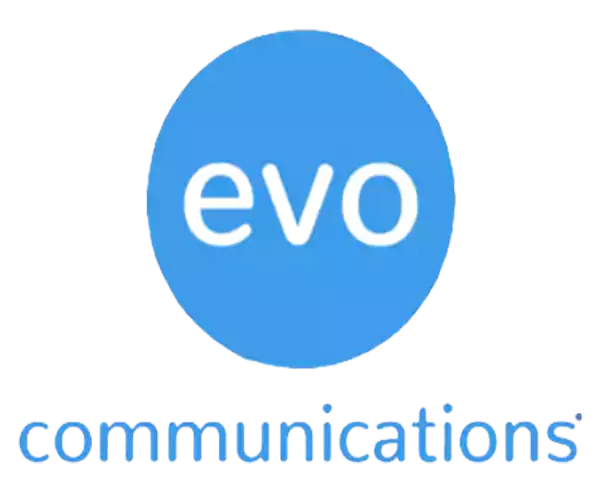
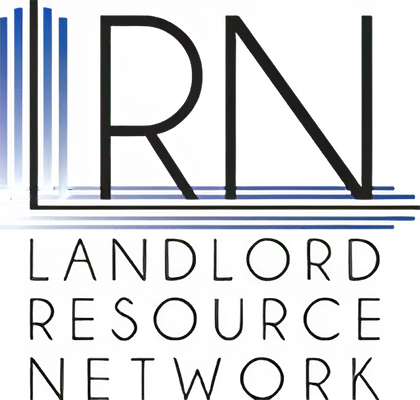



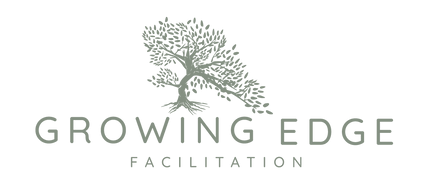







Get the Full View of Your Business Financials
Just like an owl can turn their head 270 degrees to see the whole landscape, Owl Bookkeeping and CFO Services can help you see your full financial picture.
Call us today: (612) 816-6007


